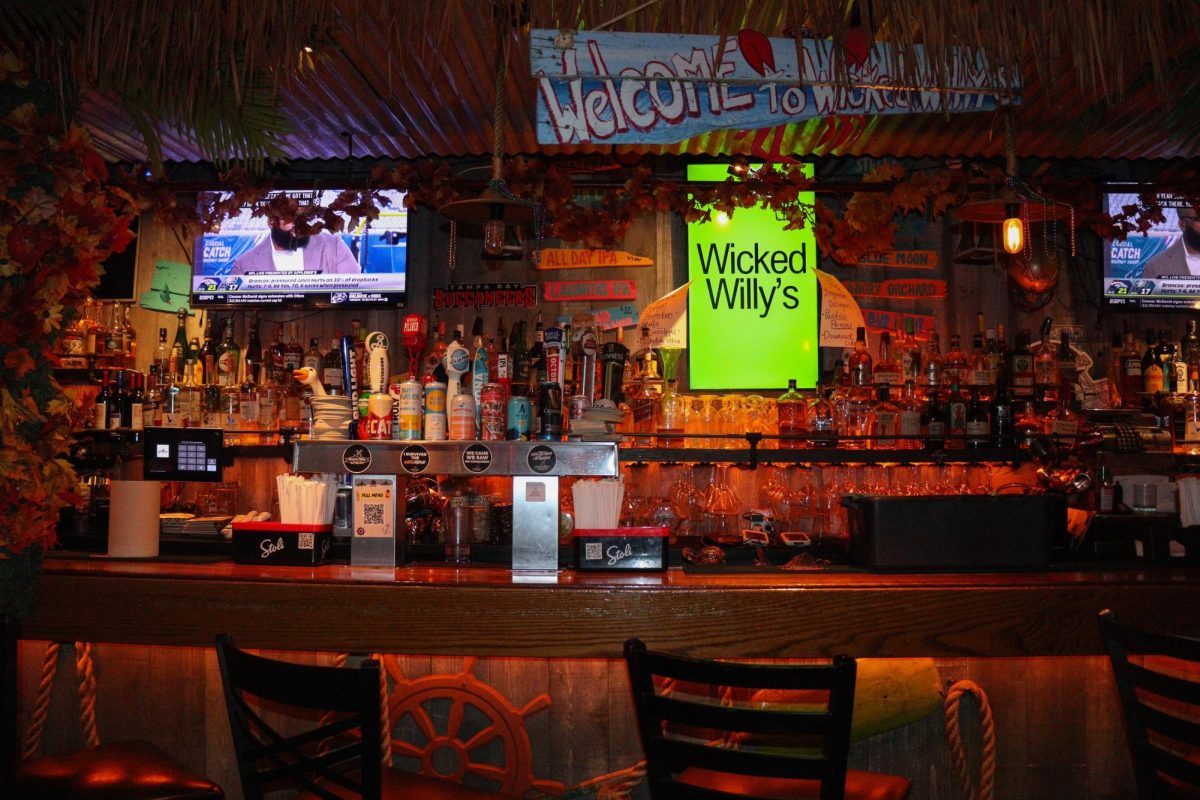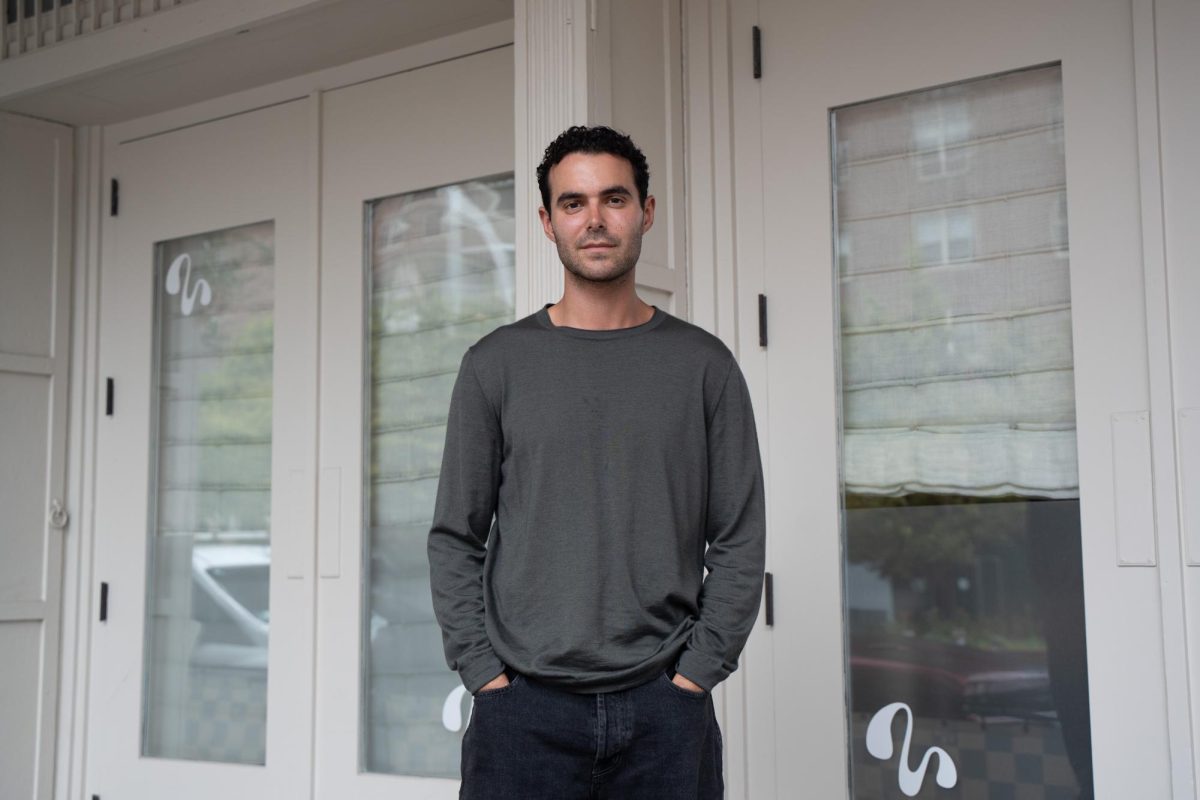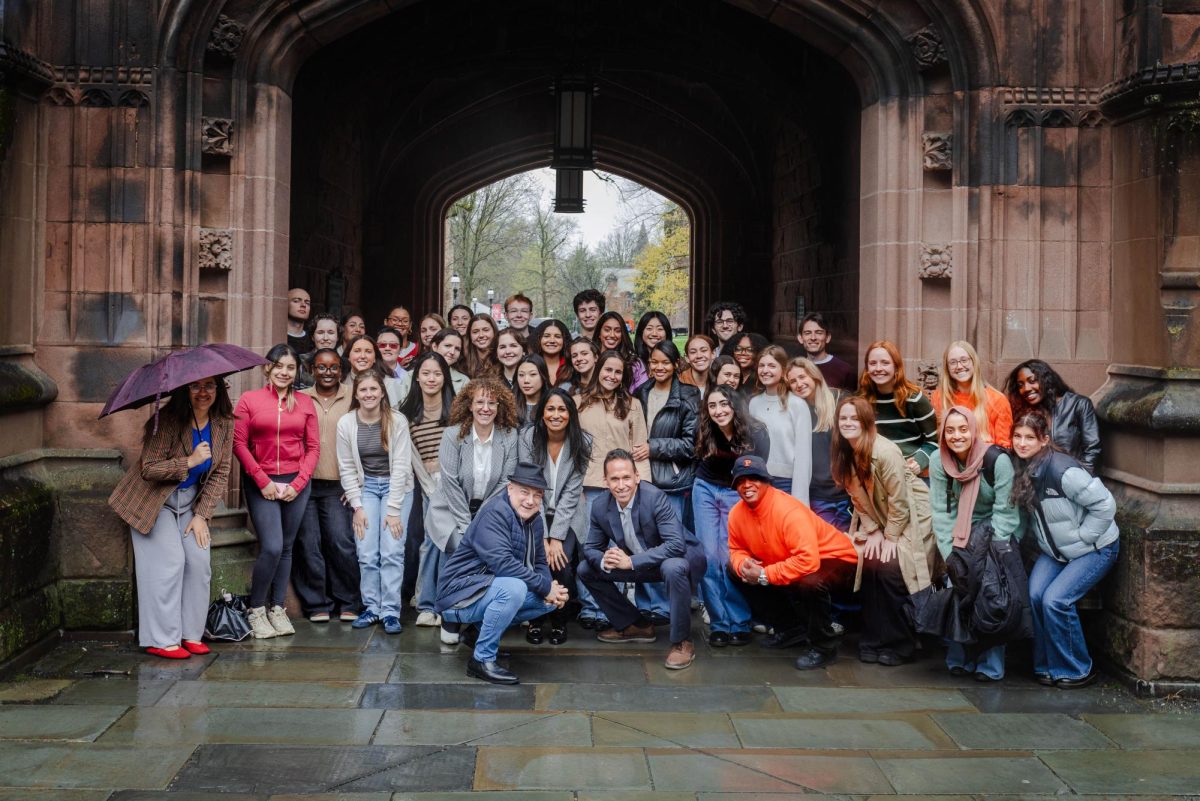Hostile architecture has a pervasive presence in New York City, though it often goes unnoticed. If you have ever seen window ledges spiked with metal, a barred street corner, or oddly placed armrests or gaps on a park bench, that is anti-homeless architecture. These designs are intentionally crafted to make it harder for homeless people to loiter, sleep or even sit to rest in those outdoor public spaces.
Much of this exclusionary architecture takes on a more discreet facade of modern design. A conveniently placed bike rack or a barred corner is more inconspicuous than a spiked window sill. Planters on the sidewalk may seem like an attempt to bring greenery to urban spaces when in reality, they are structures meant to discourage encampments. Sidewalk boulders and curved benches are not an aesthetic choice — their true purpose is to prevent homeless people from sleeping on sidewalks and benches. Grates are often fenced off to prevent homeless people from loitering nearby as a means of staying warm.
Hostile designs can be found in big cities across the world, from Melbourne to London to here in New York City — which has the largest homeless population of any U.S. city. Though this exclusionary design is meant to make the unhoused feel unwelcome in public spaces, it makes these spaces abrasive and inaccessible to everyone. For example, a lack of seating in Moynihan Train Hall is meant to stop homeless people from sleeping there, but also prevents disabled or elderly people from sitting down while waiting for their train. While this kind of architecture is explained as a way to make cities cleaner or safer, it is a fundamentally misguided approach to the issue which only serves to worsen the situation by pushing vulnerable individuals further into the margins.
Jacquelyn Simone, the policy director of the Coalition for the Homeless points out that, “hostile architecture operates on the premise that homeless people should not be present in a certain area, not that homelessness should not exist.”
In recent years, homelessness rates in New York City have hit higher levels than during the Great Depression. As of September 2024, over 131,000 people were sleeping in shelters each night, and more than 350,000 people were homeless in total, including those living temporarily doubled-up in others’ homes. 71% of those in shelters are families, where over 45,000 are children.
The primary cause of homelessness in New York City is the chronic shortage of affordable housing, which has drastically worsened in recent years. From 1996 to 2017, the city lost over 1.1 million units of affordable housing. Today, the vacancy rate for affordable apartments is less than 1%. Without stable housing options, shelters become overcrowded and overwhelmed, rendering them ineffective.
The city’s shelter system is not only insufficient to meet rising demands but also fails to provide the services needed to help people off the streets. A majority of homeless individuals live with mental illnesses, and 65% of single adults in shelters have disabilities requiring special accommodations, yet these facilities are not equipped to support their needs. These shelters often have strict restrictions and curfews and can be unsafe and unsanitary. For many, shelters are not seen as sanctuaries — or even preferable to street living — but places to be feared and distrusted. New York City needs to create a sustainable and supportive shelter system, focused on providing mental health care, addiction treatment and job training for homeless individuals — as well as increase affordable housing options.
As winter sets in and temperatures drop, surviving on the streets becomes a more perilous task. Subway stations are one of the only warm places that the unhoused have to go, and are where 50,000 New Yorkers sleep daily. Instead of investing in solutions for helping those people gain their footing, New York City Mayor Eric Adams and Governor Kathy Hochul decided to simply move them out of sight. In 2022, the two announced a plan to deploy police officers to stop homeless people from sheltering in the subway stations. This zero-tolerance policy leaves many with no place to go. This constant displacement and sweeps of homeless individuals and encampments leads to higher mortality rates.
Too often we opt to treat the homeless as a problem of ambiance rather than a problem of society. We value the illusion of clean, safe spaces so we don’t have to face the uncomfortable truth — that day after day, we choose to ignore those most failed by society.
City planning of communal spaces should be designed to include and increase community, not exclude and stigmatize those who are most vulnerable. Rather than making it harder to live on the streets, efforts to combat street homelessness should take the form of long-term care and support needed to help people rebuild their lives — not with spikes and slants.
WSN’s Opinion section strives to publish ideas worth discussing. The views presented in the Opinion section are solely the views of the writer.
Contact Mehr Kotval at [email protected].





















































































































































